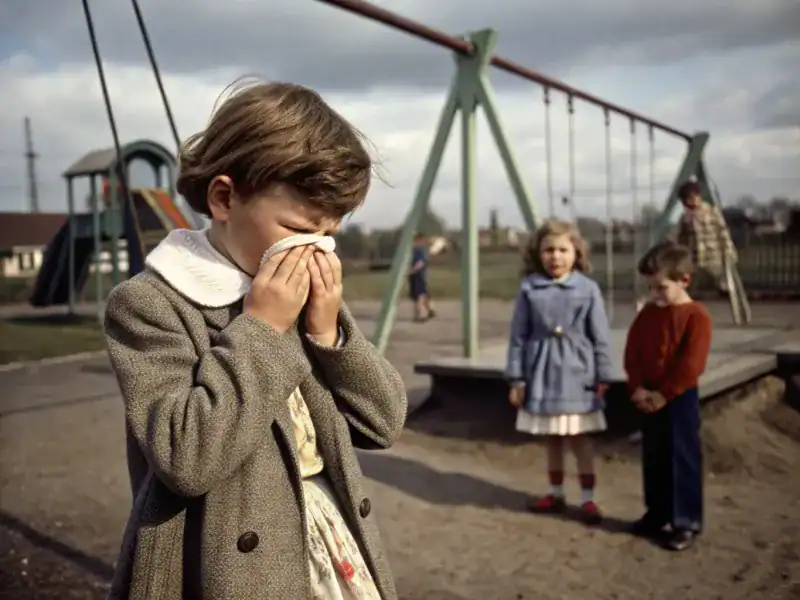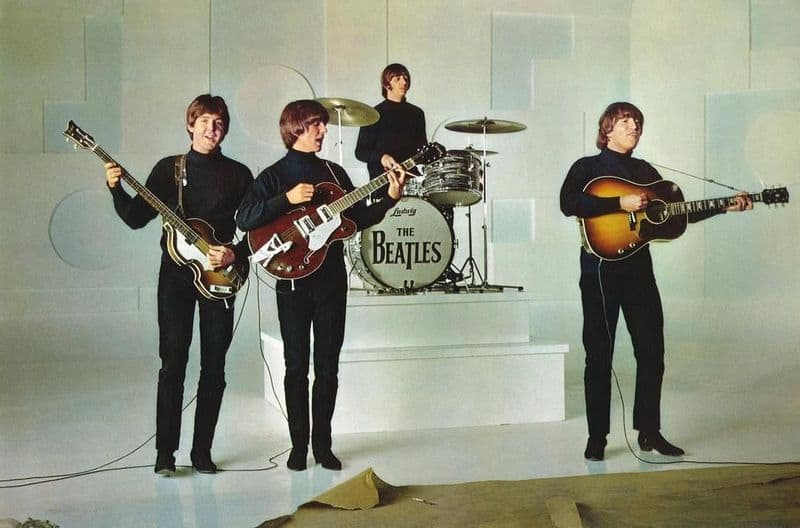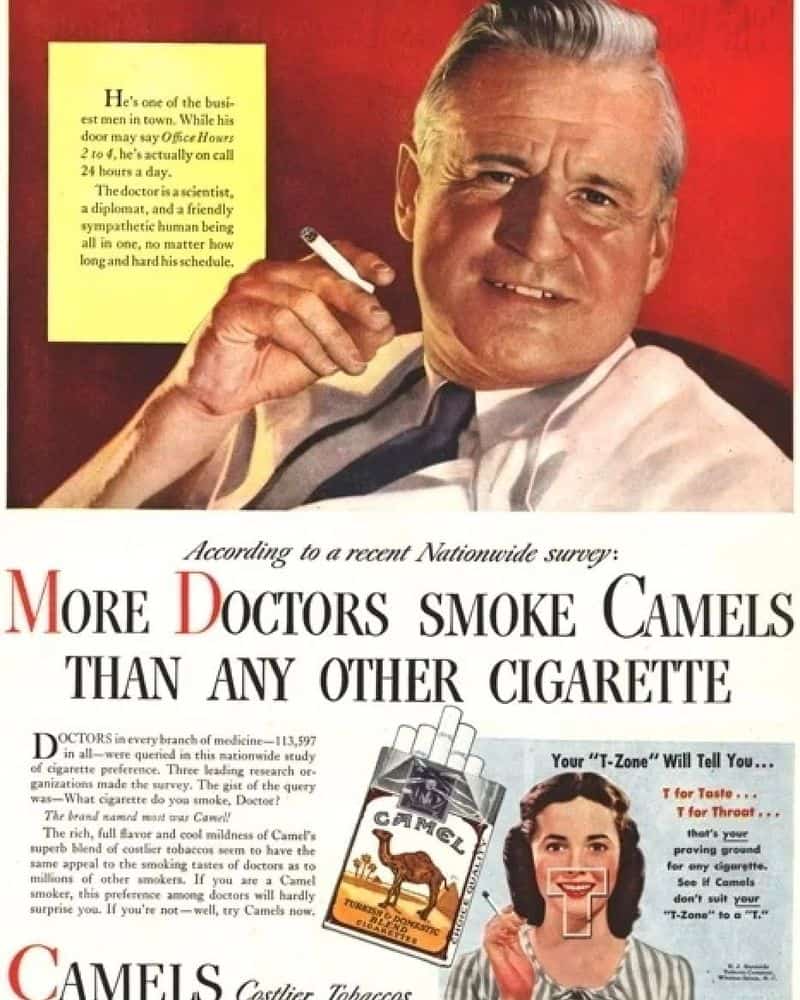Looking back six decades can feel like peeking into a strange alternate universe where people believed some truly bizarre things.
In the 1960s, many ideas we now know are totally wrong were accepted as obvious facts.
From dangerous health myths to superstitions that seem silly today, these beliefs shaped how people lived their daily lives and made decisions that would shock us now.
Vibrating Belts Could Melt Fat Away
Imagine strapping a jiggling belt around your waist and expecting pounds to disappear like magic. Back in the 1960s, gyms and homes featured vibrating belt machines that promised effortless weight loss through simple vibrations. Women and men would stand still while the belt shook their midsection, genuinely believing fat was melting away.
Health experts today confirm these contraptions did absolutely nothing for actual weight loss. The only thing getting a workout was people’s wallets when they bought these expensive machines. Despite being completely ineffective, advertisements showed happy customers claiming amazing results, convincing thousands to waste their money on this silly fitness fad.
Seatbelts Were Totally Unnecessary
Cars in the 1960s often came without seatbelts, and many drivers actually removed them if they were installed. People thought seatbelts were uncomfortable, restrictive, and completely pointless for safe driving. Some even believed wearing one showed you were a nervous, unskilled driver who couldn’t handle a vehicle properly.
This dangerous belief cost countless lives in preventable accidents. Drivers and passengers would fly through windshields during crashes that modern seatbelts would have made survivable. Laws didn’t require seatbelt use until the mid-1980s, meaning an entire generation grew up riding in cars with zero safety restraints, treating high-speed travel as casually as sitting on a couch.
Milk Made You Grow Overnight
Kids in the 1960s heard one message repeatedly: drink your milk and you’ll shoot up like a beanstalk by morning. Parents, teachers, and television commercials all pushed this miracle growth story. Children chugged glass after glass, measuring themselves against doorframes daily, waiting for instant height increases that never came.
While milk does contain calcium and nutrients helpful for bone development, it certainly doesn’t cause overnight growth spurts. The dairy industry’s aggressive marketing created unrealistic expectations that left many short kids feeling disappointed. School cafeterias made milk mandatory, and refusing it was practically considered rebellion against your own future height potential.
Sneezing With Open Eyes Pops Them Out
Playground wisdom in the 1960s warned that keeping your eyes open during a sneeze would launch your eyeballs right out of their sockets. Kids believed this wholeheartedly, squeezing their eyes shut extra tight whenever they felt a sneeze coming. Some children even practiced controlled sneezing techniques to avoid this terrifying fate.
Obviously, this myth is completely false—your eyeballs are securely attached by muscles and nerves that can’t be dislodged by a sneeze. But before the internet existed to quickly debunk such nonsense, these playground rumors spread like wildfire. Teachers rarely corrected this belief, and many adults quietly wondered if maybe, just maybe, there was some truth to it.
Rock Music Hypnotized Young Minds
When The Beatles and other rock bands exploded in popularity, many adults became genuinely terrified. Parents and religious leaders claimed rock music contained hidden messages that hypnotized teenagers into rebellion and bad behavior. They believed the beat itself could brainwash young minds, turning good kids into troublemakers overnight.
Churches held record-burning events where people destroyed their music collections. Some communities tried banning rock concerts entirely, convinced they were dangerous psychological weapons. Looking back, this moral panic seems ridiculous, but thousands of families seriously believed their children’s souls were at risk from simply listening to catchy songs. The fear was real, even if the threat was imaginary.
Touching Toads Guaranteed Warts
Ask any kid from the 1960s about toads, and they’d tell you one thing: touch them and warts will sprout all over your hands. This superstition kept children from exploring nature, convinced that harmless amphibians were walking wart factories. Parents repeated this myth constantly, using it as a convenient way to keep kids from bringing muddy creatures indoors.
Science tells us warts come from human viruses, not toads. The bumpy texture of toad skin probably started this false connection in people’s minds. Countless children missed out on learning about fascinating creatures because of unfounded fear. Even some adults avoided toads well into their later years, still half-believing the childhood warnings they’d received.
Swallowing Hair Could Kill You
Finding a hair in your food was considered a potential death sentence in 1960s playground mythology. Kids believed swallowing even one strand would cause it to wrap around your intestines like deadly string, slowly strangling your internal organs. This gruesome image haunted children, making them inspect every bite with paranoid intensity.
Medical reality is far less dramatic—swallowed hair simply passes through your digestive system without incident. But without easy access to accurate health information, these horror stories flourished in schoolyards everywhere. Children would dramatically spit out food if they spotted a single hair, genuinely believing they’d narrowly escaped a terrible fate. Parents sometimes used this fear to teach table manners and careful eating.
Smoking Was Actually Healthy
Doctors appeared in cigarette commercials during the 1960s, recommending specific brands for relaxation and better digestion. Pregnant women smoked without concern, and hospitals had ashtrays in patient rooms. Society genuinely believed smoking was harmless, even beneficial for stress relief and weight control.
Tobacco companies spent millions convincing people their deadly products were safe, even sophisticated. Advertisements showed athletes, movie stars, and medical professionals all endorsing cigarettes as part of a healthy lifestyle. We now know smoking causes cancer, heart disease, and countless other serious health problems. But for people in the 1960s, lighting up seemed as innocent as drinking coffee, and questioning its safety made you seem paranoid or overly cautious about nothing.
Left-Handed People Were Evil
Being born left-handed in the 1960s often meant forced reeducation and social stigma. Teachers tied children’s left hands behind their backs, forcing them to write with their right hands instead. Many cultures associated left-handedness with the devil, bad luck, or mental deficiency, treating it like a correctable flaw rather than natural variation.
Parents felt ashamed when their kids showed left-handed tendencies, viewing it as something needing fixing. The psychological damage from this forced switching caused learning difficulties and emotional trauma for countless children. Today we understand handedness is simply brain wiring, not a moral failing. But left-handed individuals from that era still remember the humiliation and frustration of being treated like something was fundamentally wrong with them.
Tomatoes Were Deadly Poison
While this belief peaked earlier, remnants lingered into the 1960s in some communities where tomatoes were still viewed with suspicion. People called them poison apples and avoided eating them raw, convinced they’d cause illness or death. The misconception originated from tomatoes’ acidity leaching lead from pewter plates, causing actual poisoning that people blamed on the fruit itself.
By the 1960s, most Americans had embraced tomatoes, but older generations sometimes still warned younger family members about potential dangers. Some rural areas maintained deep distrust of this now-common food. Imagine fearing something as ordinary as a tomato! This shows how scientific misunderstandings can persist for generations, even after evidence proves them wrong.











